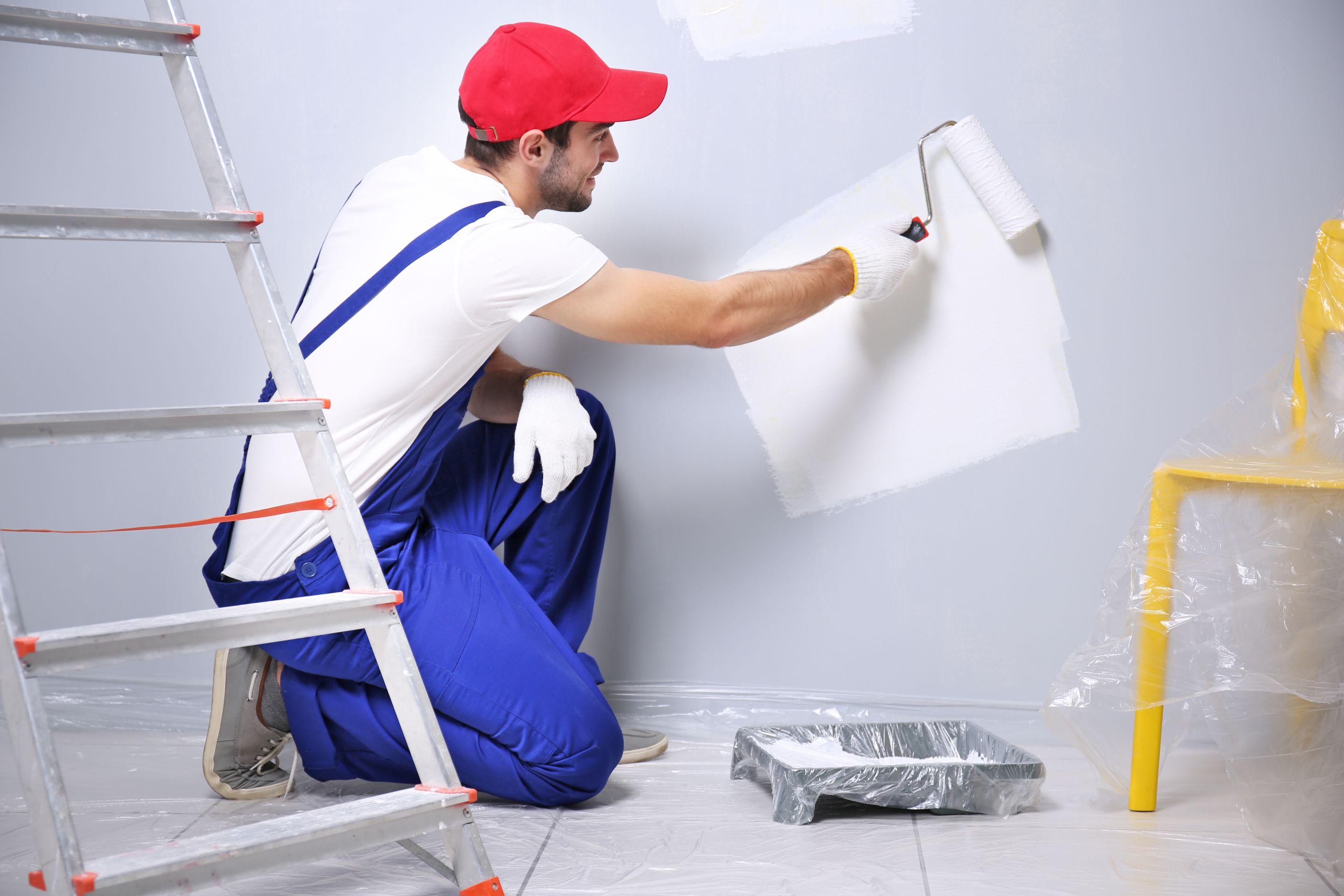Do It Yourself Lead Paint Removal
If your home was built before 1970, there is a chance that dangerous lead paint lives in your house with you. This is a big concern for homeowners in general, but especially those with children, pets, or women who are pregnant, as they are the most susceptible to lead paint poisoning. Lead paint dust is the most dangerous form of lead poisoning, but peeling paint chips are also dangerous to children as they have been known to put the chips in their mouth when they find them around the house. Hiring a professional could cost you thousands of dollars to remove all the lead paint from your home. But there is a solution. While the process of lead paint removal is a dangerous and involved process, you still might want to consider doing the job yourself to save the money, and save your family from the risk of lead poisoning.
If your walls and paint are in good shape, a few new coats of paint or some new wallpaper might be enough to keep the lead based paint from causing your home to become dangerous. However, if the paint is chipping or peeling, you will have to remove it. If you're considering undertaking the project yourself there are some precautions you will want to take, including:
- No pregnant women, children, or pets should be around during the process, as they are the most at risk for health problems.
- Any furniture or items in the room should be removed or securely covered to prevent the lead dust from attaching to them, and stirring up later.
- Whatever clothes you wear during the projects should be disposed immediately after you're finished working, even if the project takes multiple days. You should have multiple disposable outfits.
- A simple paper mask will not be enough to keep you safe. You'll need an approved HIPPA ventilator, rubber gloves, safety glasses, and plastic.
- Do not eat or drink while on the job, as you could ingest lead based paint dust.
Most people believe that scraping the paint off is the best way to dispose of it, but that actually creates the lead dust which is the most harmful form of lead based paint. There are numerous ways to lead paint from your home, including wire brushing, wet hand scraping, wet sanding, power sanding, or heat stripping.
Lead paint removal by liquid removers is the most common, but one of the slowest ways to remove lead paint from your home. You can do it yourself if you create a paint stripper spray, and work on small areas of your walls at a time. Always scrape in a downward motion, to create the least amount of dust. If you have a circulating ventilation system, it is essential that it is turned off before beginning the project, to avoid any lead dust from circulating your home.
Once the lead based paint is removed from your home, you'll need to clean the debris thoroughly, as any dust or paint chips that remain inside will make your house more dangerous than before. All surfaces should be thoroughly cleaned, and then all cleaning supplies and debris should be taken out as trash in plastic bags. For a final clean, you'll need a HEPA-equipped vacuum on all surfaces to pick up the minute dust particles. Then, a wet mop will need to be used, followed by another round of vacuuming. Rugs or carpets will need to be disposed of, and then finally all furniture can be returned.
Lead paint removal is a tedious process, but you'll sleep better knowing your family is safe inside their own home, and free from lead associated health problems.
Category: Painting Contractors
Related Articles
- How To Remove Old Paint From Wood Metal or Stucco
- How to Choose A Good Painter
- How Much Does a Painter Charge Per Room and Per Hour
- What Do House Painters Do How to Find the Cheapest Painter
- How to Hire a Painting Contractor Questions to Ask
- House Painters Talk About Great Coverage
Business News
Popular Posts
- Universal Pursuit of Happiness - Wisdom from World Religions
- Overcoming Ego and Self-Centeredness - Lessons from World Religions
- Transcending Materialism - Spiritual Practices from World Religions
- Overcoming Prejudice and Intolerance - Guidance from Global Faiths
- How Mind Balance Can Improve the Mindsets of Employees
- Interfaith Insights by 1WorldPeace - The Top 100 Universal Beliefs in Global Spirituality
- Bridging Beliefs - Finding Common Ground in Love and Respect
- The SmartGuy Vision - A United Future Through Interfaith Love and Respect
- A Cautionary Vision - The Grim Future of a Divided World Without Love and Balance
- A Tapestry of Faiths - Exploring the Common Threads in World Religions
- Fostering Harmony Among Christianity Islam Buddhism Hinduism and Judaism
- Preparing Kids for Adulthood - 15 Vital Skills They Wont Learn in School
- Navigating Diversity - Jerusalem's Tactical Approach to Interfaith Harmony
- Clearing Mental Plaque: The Path to Enhanced Communication and Divine Connection
- Why Return to Jesus Christ and the Church
- Top 50 Ways to Live Longer
- Adventurous Romance -The Key to Enhancing Relationship Chemistry
- Pork Tenderloin with Mustard Cream Sauce
- Navigating Technology and Media for Optimal Mental Well-Being
- Understanding the Link Between Mental Health and Substance Abuse
